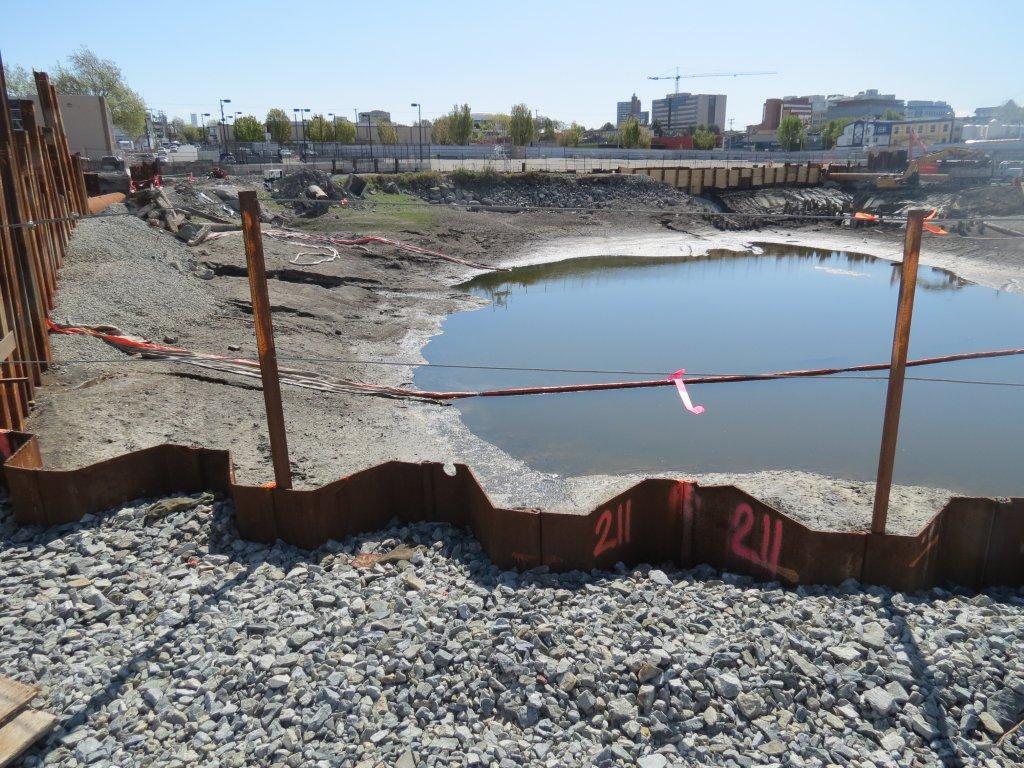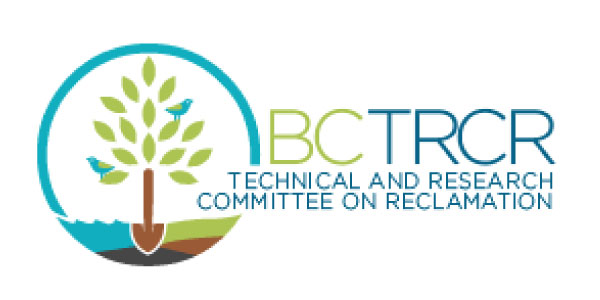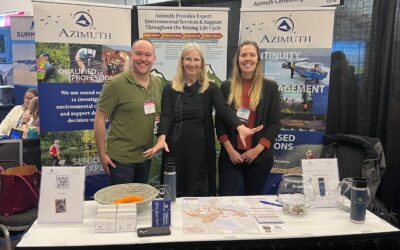News & Awards
Awards
Finalist for 2018 BC Premier’s Award
The Bralorne-Takla Mine site was a finalist for this award to BC government projects, to recognize important contributions. Azimuth supported BC’s Crown Contaminated Sites Program (now in BC Ministry of Forests) in risk assessment and management of this remote orphaned mercury mine site.
2017 Brownie Award Canadian Brownsfield Network
The BC Hydro Rock Bay project was awarded the Brownie Award in Category 2: Remediate – Sustainable Remediation and Technological Innovation. Rock Bay is a complex and urban contaminated site in Victoria, BC. As Risk Assessment Lead, Beth Power of Azimuth supported SNC-Lavalin (prime contractor) to navigate the data needs and regulatory requirements, resulting in parcel-by-parcel risk assessments that secured a number of Certificates of Compliance.

2014 Robert E Leckie Award for Excellence in Environmental Stewardship – Quartz Mining
The Sä Dena Hes Mine was the first mine to be voluntarily closed in the Yukon and this project received the 2014 award for excellence in environmental stewardship from the Yukon Territory government (Yukon Energy Mines and Resource). Azimuth played a key role in this project by evaluating ecological and human health risks to contribute to remediation planning and mine closure.

2012 Jake McDonald Reclamation Award
The Pinchi Mine reclamation received this award in 2012, which is awarded by the BC Technical and Research Committee on Reclamation to recognize outstanding achievement in mine reclamation in BC. Azimuth contributed by evaluating post-reclamation risks to ecological receptors and advising on risk management and monitoring. As well, the project was awarded the 2014 Tony Milligan Book Award at the BC Technical & Research Committee on Reclamation Symposium.

Presentations
Meara Crawford – “Compilation and Evaluation of Fish specific Toxicity Reference Values (TRVs)“
For the Federal Contaminated Sites Action Plan (FCSAP)
Alena Fikart – “30 Years of Risk Assessment in BC. Looking Forward, Looking Backward.”
Azimuth Staff Publish in BC’s College of Applied Biologist ‘College Matters’ Newsletter
Practice of Biology Applied to Ecological Risk Assessment of Chemical Stressors.

Select Publications from Our Scientists
Allard P, Fairbrother A, Hope BK, Hull RN, Johnson MS, Kapustka L, Mann G, McDonald B, Sample BE. 2010. Recommendations for the development and application of wildlife toxicity reference values. Integr Environ Assess Manag 6: 28– 37.
Johnson MS, Beking M, Verbruggen EMJ, McVey EA, Power BA, Kilgour C, Bean TG, Moore DRJ, Greenberg MS, Burris J, Charter D. 2024. Using emerging science to inform risk characterizations for wildlife within current regulatory frameworks. Integr Environ Assess Manag. 20(3):765-779.
Healey N. 2009. Lead toxicity, vulnerable subpopulations and emergency preparedness. Radiation Protection Dosimetry 134(3-4): 143-151.
Hill RA, Pyper BJ, Lawrence GS, Mann GS, Allard P, Mackintosh C, Healey N, Dwyer J, Trowell J. 2013. Using sparse dose-response data for wildlife risk assessment. Integr Environ Assess Manag. 10(1): 3-11.
Hill RA. 2005. Conceptualizing risk assessment methodology for genetically modified organisms. Environmental Biosafety Research. 4(2): 67-70.
Hill RA. and C. Sendashonga. 2003. General Principles for Risk Assessment of Living Modified Organisms: Lessons from Chemical Risk Assessment. Environmental Biosafety Research. 2: 81-88.
Mackintosh CE, Maldonado J, Hongwu J, Hoover N, Chong A, Ikonomou MG, Gobas FAPC. 2004. The Distribution of Phthalate Esters in a Marine Aquatic Food Web: Comparison to PCBs. Environmental Science and Technology. 38(7): 2011-2020.
Mackintosh CE, Maldonado JA, Ikonomou MG, Gobas FAPC. 2006. Sorption of Phthalate Esters and PCBs in a Marine Ecosystem. Environmental Science and Technology. 40(11): 3481-3488.
Power EA and Boumphrey RS. 2004. International trends in bioassay use for effluent management. Ecotoxicology. 13:377-398.
Power BA, Tinholt MJ, Hill RA, Fikart A, Wilson RM, Stewart GG, Sinnett GG, Runnells JL. 2010. A risk-ranking methodology for prioritizing historic, potentially contaminated mine sites in British Columbia. Integr Environ Assess Manag. 6(1): 1-10.
Sample B, Johnson MS, Hull RN, Kaputska L, Landis G, Murphy CA, Sorensen M, Mann G, Gust KA, Mayfield DB, Ludwigs J, Munns WR. 2022. Key challenges and developments in wildlife ecological risk assessment: Problem formulation. Integr Environ Assess Manag. 20(3):658-673.
van den Brink NW, Elliot JE, Power B, Kilgour C, Johnson MS. 2024. Key challenges and developments in wildlife ecological risk assessment: Integrating emerging science to improve estimates of risk to wildlife from chemical exposure: What are the challenges? Integr Environ Assess Manag. 20(3):645-657.
News & Updates
Azimuth Health & Safety Day Celebrates 10 years!
The team gathered in Vancouver for the 10th year of this key event in the Azimuth annual calendar. During Health and Safety Day, the entire company reviewed our robust Occupational Health & Safety Program. Some highlights of the day included an earthquake and fire...
Azimuth at AME Roundup, BEST and CEW in 2025
The Azimuth team returned to AME Roundup at the Vancouver Conference Convention Centre in January. Thanks to everyone who stopped by our booth to talk about Azimuth's diverse services in the mining sector. Azimuth will also be at Bettering Environmental Stewardship...



